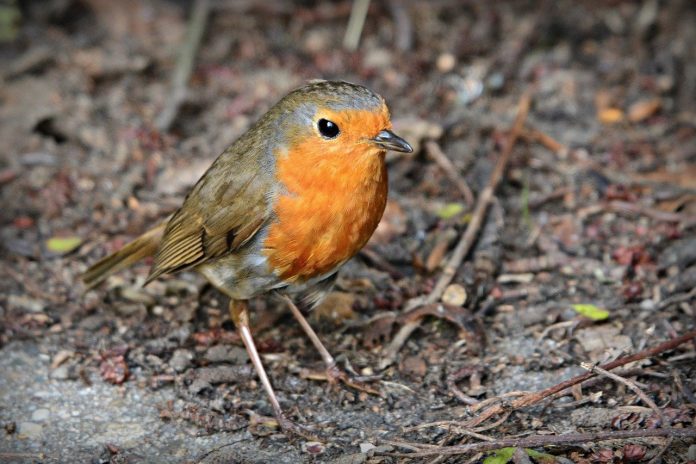By Marne Titchenell | Ohio State University Extension
Recently, there have been reports of sick or dying birds found around Ohio and in nearby states. These birds often have swollen eyes, discharge from their eyes that may appear crusted or a lack of clarity in their eyes. Affected birds may also exhibit neurological signs — for example, their head may hang to one side, then flop to the other side.
In late May of this year, wildlife biologists in Washington D.C., Virginia, Maryland and West Virginia began received reports of sick and dying birds. Since then, reports have surfaced in additional states, including Ohio. Ohio counties experiencing the bulk of the outbreak so far include Brown, Butler, Clark, Clermont, Delaware, Franklin, Greene, Hamilton, Montgomery and Warren counties.
Which birds are affected?
The illness appears to affect multiple species of birds. In Ohio, primary bird species affected include blue jays, common grackles, house sparrows, European starlings and American robins. Other common backyard birds may also be affected. Currently, there are no reports of other animals being impacted by this illness or its symptoms.
What is causing the illness?
Currently, the cause of the bird deaths and symptoms are unknown. Experts are exploring connections to pesticide exposure, the recent cicada emergence and a possible viral illness, but haven’t made any conclusions about the cause of the illness yet.
Diagnostic laboratories, including the USGS National Wildlife Health Center, are currently accepting and analyzing samples to learn more about the illness and determine the cause.
What can you do?
Report sick or dying birds. As the cause is still unknown, specimen submission is critical at this stage. Contact your nearest wildlife rehabilitator if you find a sick bird.
To track the spread of the disease, the Ohio Department of Natural Resources Division of Wildlife is accepting reports of dead birds at apps.ohiodnr.gov/wildlife/speciessighting. Choose “Bird — Diseased/Dead” in the “Species” drop-down menu.
Avoid touching sick or dead birds by wearing disposable gloves and taking other precautions. USGS recommends disposing of dead birds in a sealable plastic bag with household trash.
Take down your bird feeders and empty your bird baths for 7-10 days. The National Wildlife Health Center recommends temporarily removing bird feeders and birdbaths “during a disease outbreak observed at bird feeders or when sick and dead birds are consistently turning up at a feeder to prevent congregation of infected and non-infected birds at the feeding site.”
Clean and disinfect bird feeders and birdbaths. Clean bird feeders and birdbaths with a 10% household bleach solution (9 parts water to 1 part bleach) and remove any spilled and potentially contaminated feed from under the feeder.
Clean the feeders, birdbaths and any items contaminated with bird droppings in an outdoor space or in another area of your home that is not used for food preparation or bathing. Some avian pathogens, such as Salmonella, can cause sickness in people, and cleaning bird feeders and baths with your health and your family’s health in mind is very important.
Remember, even when there isn’t an outbreak, it’s still important to regularly clean your bird feeders and baths to reduce the spread of other diseases.
But won’t the birds go hungry or thirsty if I take down my feeders and birdbaths?
Birds are hardy and resourceful. A temporary lapse in food or water likely won’t set them back too much. More importantly, summer is when plants are producing nectar, seeds and fruits and attracting insects, all of which serve as food for birds. There is often an abundance of natural foods for birds this time of year.
Remember also that birds can fly, allowing them to travel long distances to find food and water. Right now, it’s important to keep the safety of the birds a priority and take a break from feeders and baths until more is known about this outbreak.










